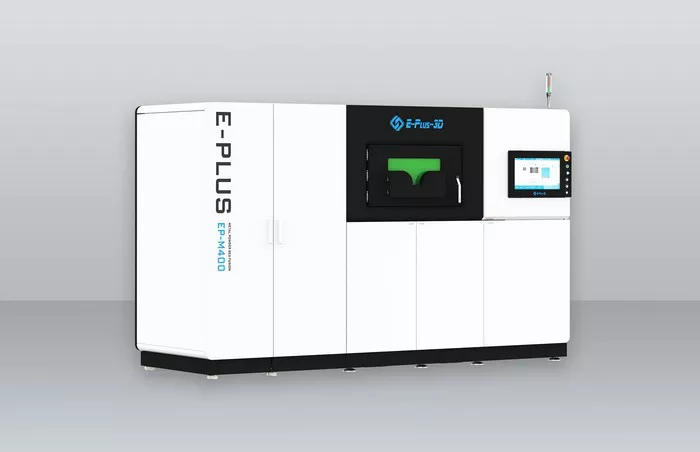TEMISTh, a Southern France-based company, has built a strong reputation in the field of extreme-condition applications, specializing in cryogenic systems and high-pressure environments. By leveraging advanced Metal Powder Bed Fusion (MPBF™) technology from Eplus3D, TEMISTh has established itself as a leader in producing high-performance nickel-based alloy components for applications such as cold plates and lightweight heat exchangers with optimized internal flow channels.
The company combines cutting-edge design methods, utilizing CFD-driven fluid dynamics and FEA-validated mechanical designs, to 3D print heat exchangers capable of withstanding demanding conditions. This expertise has positioned TEMISTh as a key player in industries requiring precision thermal solutions, especially in environments where traditional manufacturing methods fall short.
The DESOLINATION Project: Pioneering Thermal Exchange for Water Desalination
One of TEMISTh’s most ambitious projects is the DESOLINATION initiative, which integrates Concentrated Solar Power (CSP) with advanced thermal exchange technology to enhance water desalination processes. The challenge lies in optimizing heat transfer between supercritical CO2 and a highly concentrated desalination solution, which demands intricate geometries only achievable through additive manufacturing (AM).
TEMISTh employed the EP-M300 metal 3D printer to 3D print heat exchanger cores using IN718 nickel alloy. The build, completed in 130 hours of continuous printing, achieved a material density exceeding 99.9% through post-process heat treatment. The modular design also allowed for welding assembly into large-scale heat exchangers (0.4 x 1.2 x 1.6m³), surpassing traditional manufacturing size constraints.
Successful Testing and Validation
Rigorously tested under the extreme conditions of the DESOLINATION project—including high temperatures, extreme pressures, and corrosive exposure—the 3D printed heat exchangers maintained structural integrity and met operational demands. These results not only validated the CFD/FEA simulations but also confirmed the feasibility of additive manufacturing for industrial-scale thermal solutions.
A Strong Partnership with Eplus3D
Jean-Michel Hugo, CEO of TEMISTh, emphasized the crucial role of Eplus3D in the success of this project: “For over three years, we have partnered with Eplus3D to integrate additive manufacturing into our production. Their teams in China and Germany have consistently supported our unique requirements, ensuring a seamless installation and providing expert guidance to optimize our processes. This collaboration has enabled us to fully control our heat exchanger manufacturing, refine design methods, and reduce delivery times.”
The integration of MPBF™ technology into TEMISTh’s production processes has allowed the company to fully realize the potential of 3D printing for thermal solutions, pushing the boundaries of traditional manufacturing methods. With continued advancements in AM technology, TEMISTh is poised to redefine the future of high-performance heat exchangers for industries worldwide.
Related topics:

